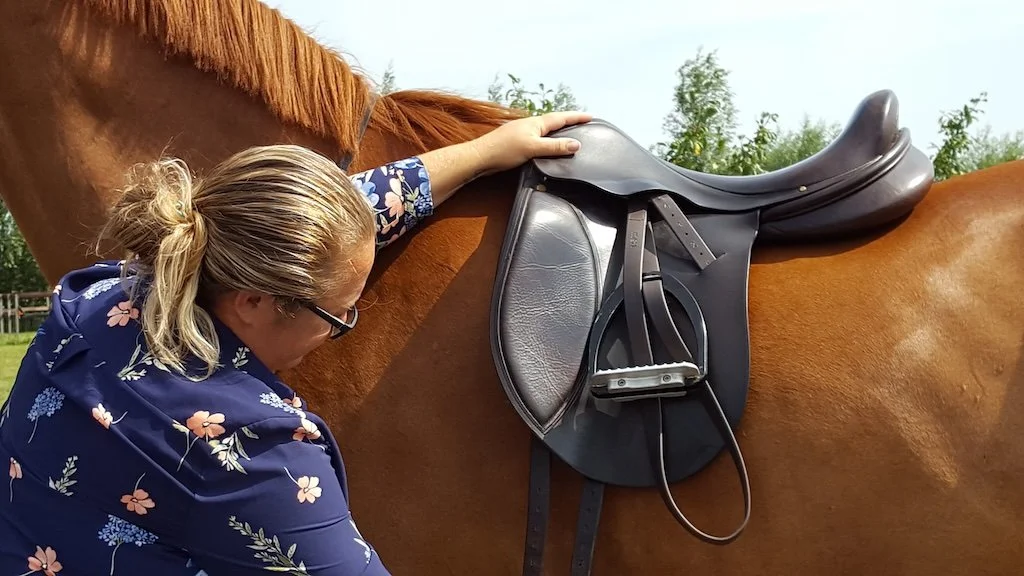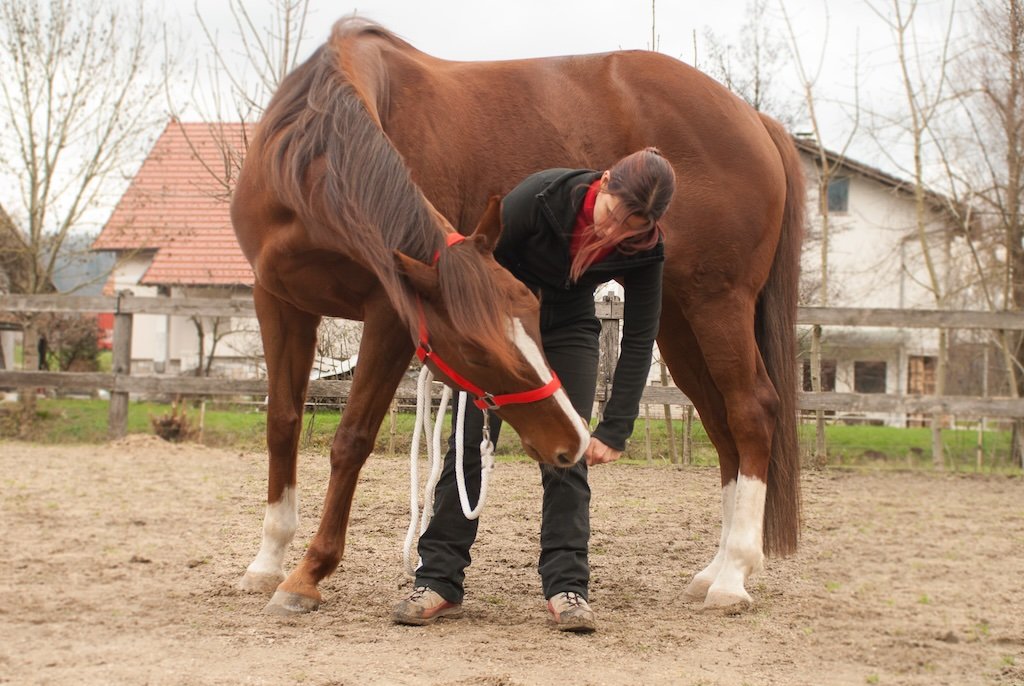Winter is over – time to get back to work!
If your horse has had some time off from work in the winter, now is the time to start slowly bringing them back to work.
Long walks on the trail are a great way to condition the horse after a sedentary winter.
The short days, muddy trails and the general unpleasantness of winter makes many riders take a break from working with their horses for a couple of months. Whether we do it intentionally or not, many horses work much less during the cold months. But now with the days getting longer and the horses starting to shed their winter coats, many riders will be starting to want more time in the saddle after the winter break. While the spring sunshine might tempt you into enjoying a three-hour trail ride, resist the urge and be sure to prepare your horse first. Your horse might have lost some muscle, he might have gained some weight, he might need some »fine-tuning« before the real work can start.
So, how should one go about getting back into form? In general, horses lose muscles and stamina much slower than humans, but despite that, after a sedentary winter, they might need some conditioning. First things first, make sure their bodies are ready to start working again. Evaluate your horse's body condition and note any muscle atrophy. Make sure the feet are well balanced and check the calendar to see how long it's been since the dentist came over. Keep in mind that if your horse’s back has changed shape, his saddle might not fit as well as it did when he was in full work. If that's the case, consider getting the horse back into shape, before riding them. If you are unsure, get your saddle fitter out.
Make sure to re-evaluate saddle fit before you start riding.
How much time you will need to spend conditioning your horse will obviously depend on just how inactive a winter it has been. It's a good call to start with slow, long work. Walks on the trail are a great way to build up stamina without overburdening the joints and soft tissues. An hour or two of (hand) walking twice a week is a great start. Supplement that with short sessions on the lunge, two or three times a week. Keep in mind that 15-20 minutes of working in a good posture is plenty. You can add some core strengthening exercises, like carrot stretches, tail pulls or walking over cavaletti, to wake up those postural muscles.
Supplement working on the lunge with core strengthening exercises.
If your horse has lost muscle tone over the winter, do this for two to four weeks, before you start riding, then gradually add some riding time into the mix, but be careful not to overdo it. Only ride as long as the horse is able to carry you in a healthy posture. Keep in mind that the preparation you do now, will pay dividends later on. Setting a good foundation will enable you to enjoy a happy and healthy riding partner during the warm months, perfect for riding.


